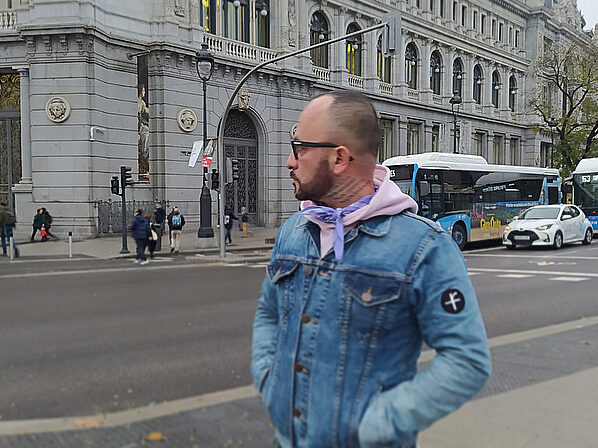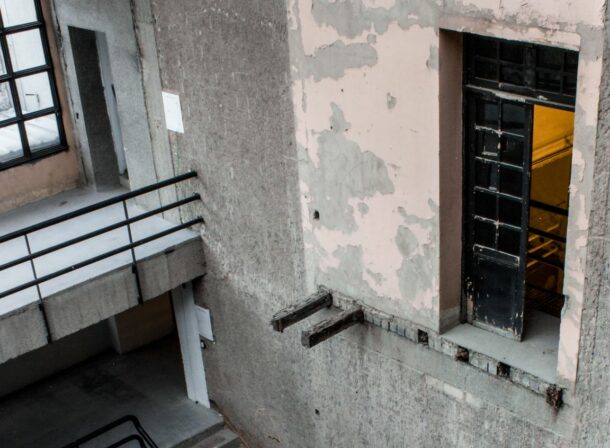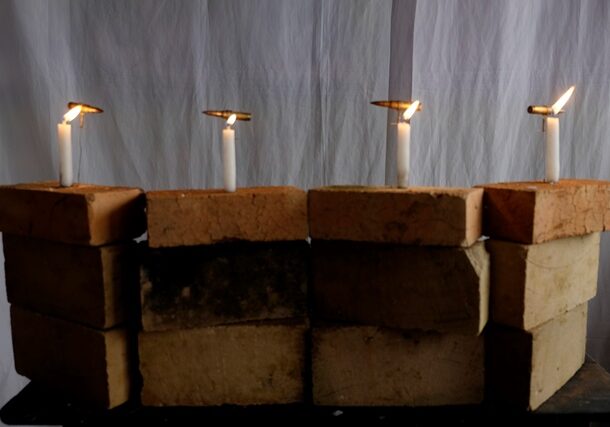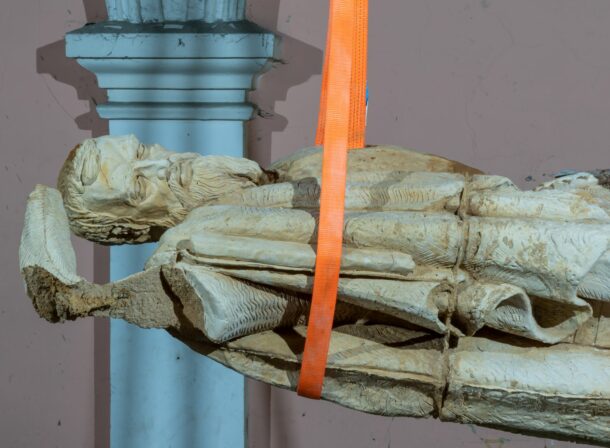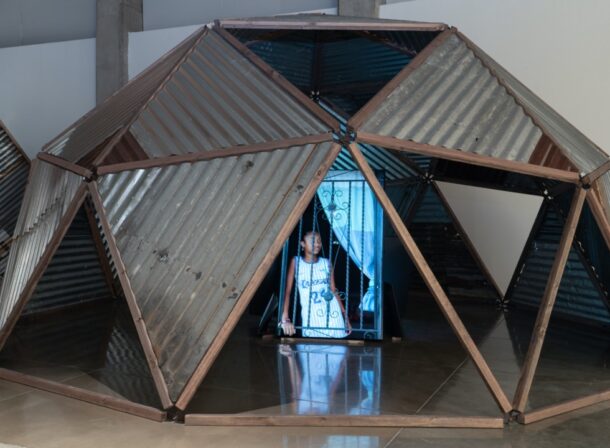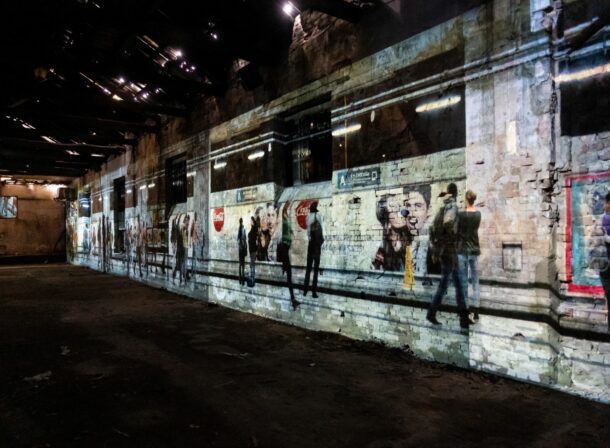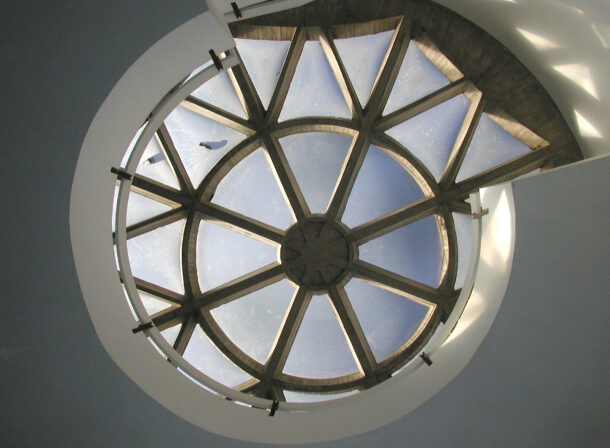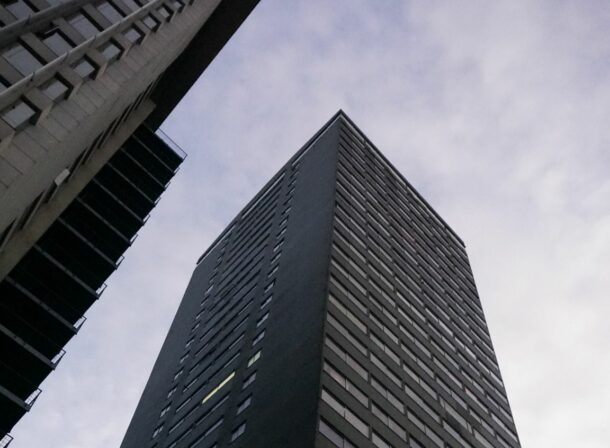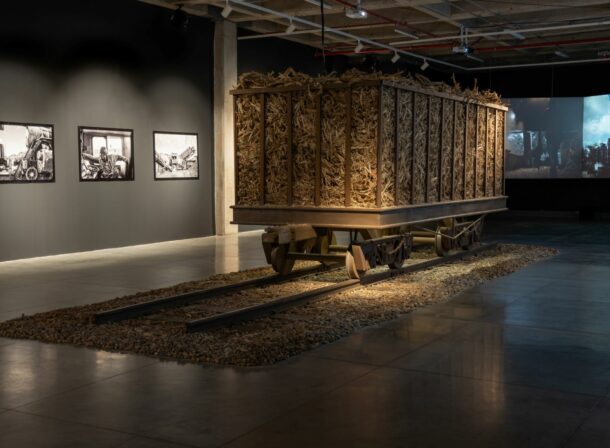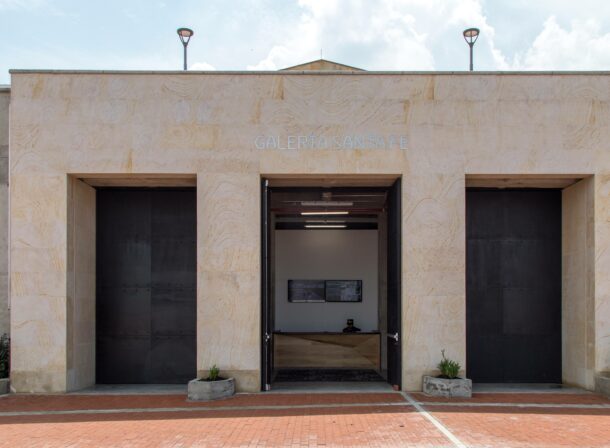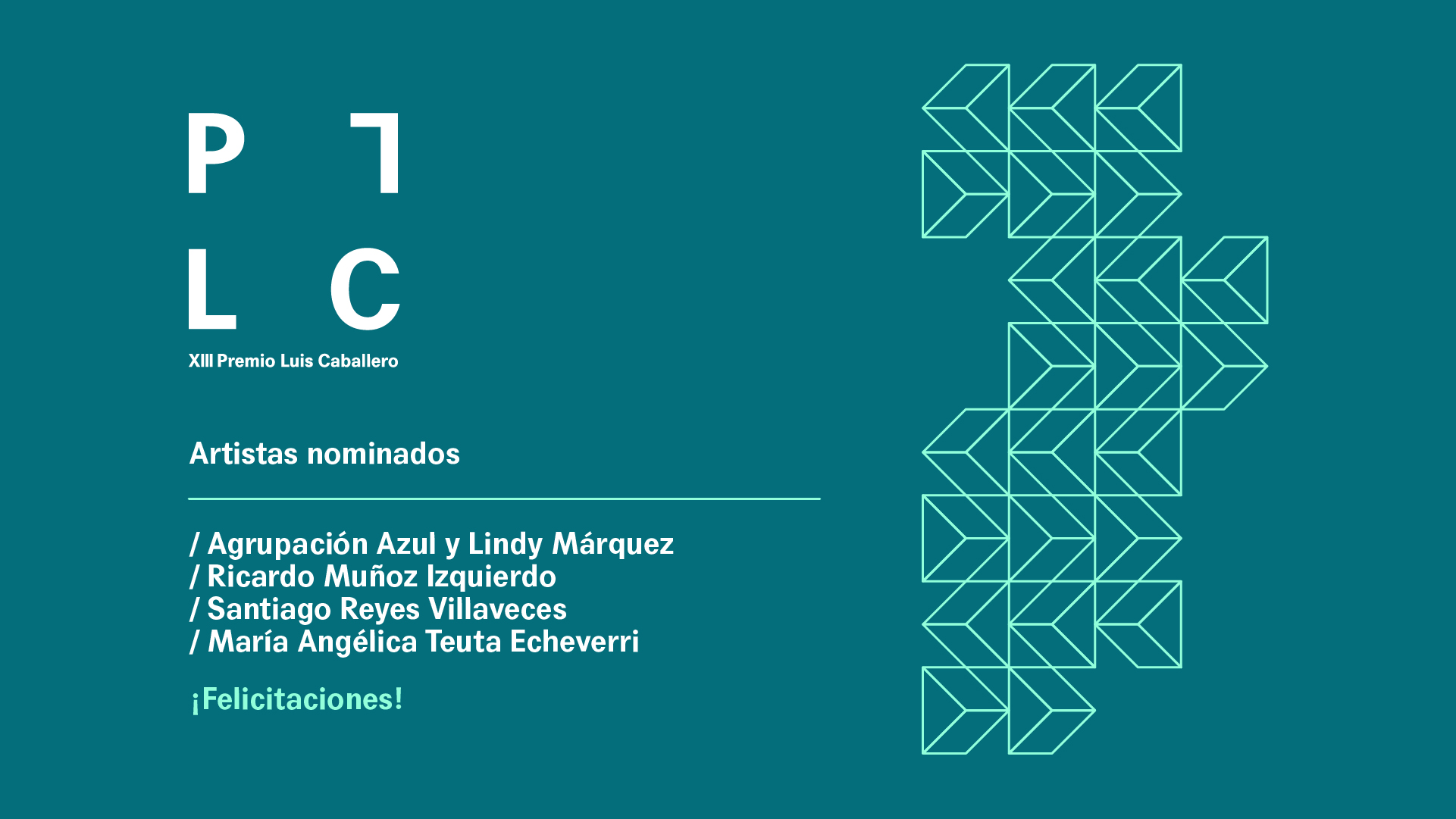
Dirección: Carrera 5 No. 12C-73
La Estación de la Sabana de Bogotá es una construcción de estilo neoclásico, sede de la estación central del Ferrocarril de la Sabana de Bogotá y de los Ferrocarriles Nacionales de Colombia (FNC). Fue inaugurada el 20 de julio de 1917, durante el gobierno de José Vicente Concha. Se ubica sobre la calle Trece o Avenida Centenario con carrera Dieciocho, en el barrio El Listón de la localidad de Los Mártires, en la zona sur del Centro de la ciudad. Durante la primera mitad del siglo XX fue un importante polo de desarrollo hacia el occidente de la ciudad. Debido al deterioro del Ferrocarril de la Sabana, compañía operadora que desapareció en 1991, el edificio sufrió una serie de daños. En la actualidad, aunque no cumple con su función de central de transporte férreo de la ciudad, la recuperación del edificio ha permitido que se utilice como espacio cultural y turístico.
El edificio se construyó por el incremento del transporte de carga y de pasajeros entre la capital y el río Magdalena, respondiendo a un proyecto que se venía desarrollando desde el siglo XIX. La Estación fue diseñada por Mariano Santamaría y se construyó entre 1913 y 1917 por el ingeniero inglés William Lidstone. Este edificio reemplazó la vieja estación construida en 1887 para la inauguración del ferrocarril entre Bogotá y Facatativá, pasando a ser la estación central de todas las líneas hacia la capital.
El inmueble fue declarado monumento nacional por el decreto 2390 del 26 de septiembre de 1984.
Bogotá’s Sabana Railway Station is a neoclassical building that served as the railway’s central station and home of the Colombia National Railway (FNC, as per its acronym in Spanish). It was inaugurated on July 20, 1917 during José Vicente Concha’s administration. It is located on Calle 13 (Avenida Centenario) and Carrera 18, in Los Mártires’s El Listón neighborhood, in southern Bogotá. During the first half of the 20th century, it was an important driver of development to the west of the city. Due to the deterioration of the Sabana Railway—the operating company that disappeared in 1991—the building suffered extensive damage. At present, although it is no longer the city’s railway transport hub, the building has been restored and is now used as a cultural and touristic space.
The building was constructed in response to the increase in cargo and passenger transport between the capital and the Magdalena River, as part of an ongoing project started in the 19th century. The station was designed by Mariano Santamaría and built by the English engineer William Lidstone between 1913 and 1917. This building replaced the old station built in 1887 for the inauguration of the railway between Bogotá and Facatativá, becoming the central station for all lines to the capital city.
The property was declared a national monument by Decree 2390, dated September 26, 1984.



